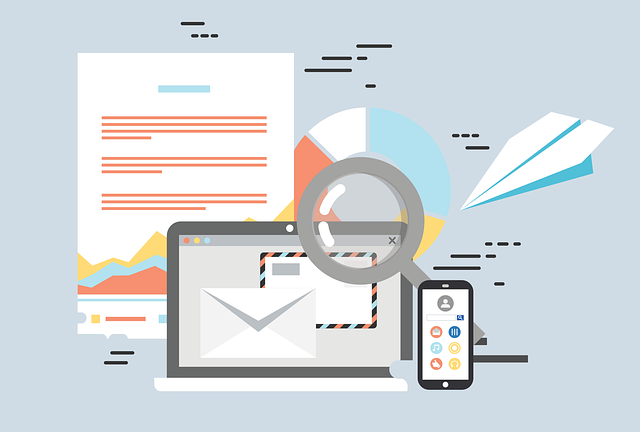AI-driven plant selection engines are transforming gardening by using advanced algorithms and extensive datasets to optimize plant choices based on soil types, climate, growth patterns, and AI state-by-state labor regulation mapping. This comprehensive approach ensures compliance with local laws, reduces workforce challenges, boosts crop yields, cuts waste, and improves sustainability. Integrating data and understanding labor regulations across the US is crucial for developing robust AI landscaping tools in agriculture, preventing legal pitfalls, and promoting responsible development of intelligent plant selection systems.
“Discover the transformative power of Artificial Intelligence (AI) in landscaping with our comprehensive guide. We explore how AI-driven plant selection engines are revolutionizing gardening practices, offering precise and data-backed choices. This article delves into the intersection of technology and agriculture, examining the influence of data and labor regulations on AI landscaping tools. Additionally, we present a ‘state-by-state mapping’ analysis, highlighting the diverse landscape of AI adoption in agriculture across different regions.”
- Understanding AI-Driven Plant Selection: Unlocking Efficient Gardening Practices
- The Role of Data and Labor Regulations in Shaping AI Landscaping Tools
- State-by-State Mapping: Navigating the Future of AI in Agriculture
Understanding AI-Driven Plant Selection: Unlocking Efficient Gardening Practices

AI-driven plant selection engines are revolutionizing gardening practices by leveraging advanced algorithms and vast datasets to optimize plant choices based on various factors. These intelligent systems consider not only traditional agricultural data like soil types, climate conditions, and historical growth patterns but also incorporate state-by-state labor regulation mapping, ensuring compliance with local laws and minimizing workforce challenges.
By integrating this comprehensive approach, AI engines can help gardeners and farmers make informed decisions about plant varieties, cultivation methods, and resource allocation. The result is enhanced crop yields, reduced waste, and improved sustainability, all while navigating the complex landscape of regional labor regulations to maintain efficient and effective gardening practices.
The Role of Data and Labor Regulations in Shaping AI Landscaping Tools

The integration of data and compliance with labor regulations are pivotal in developing robust AI landscaping tools for plant selection. As AI continues to transform various industries, including agriculture, the technology must adhere to state-by-state labor laws across different regions in the US. This presents a complex challenge due to the varying employment standards and guidelines set by each state.
AI developers must consider these regulatory nuances to ensure their landscaping algorithms are not only effective but also legally sound. The process involves mapping and understanding the specific labor regulations, including those related to data privacy, worker classification, and minimum wage, for each state. This comprehensive AI state-by-state labor regulation mapping is essential to prevent legal pitfalls and ensure the responsible development and deployment of intelligent plant selection systems.
State-by-State Mapping: Navigating the Future of AI in Agriculture

AI is transforming agriculture, and one of its most promising applications lies in state-by-state mapping and plant selection. By leveraging AI algorithms, agricultural professionals can gain unprecedented insights into regional climates, soil conditions, and historical yield data. This enables them to make more informed decisions about crop choices, optimizing productivity while minimizing risks.
The future of farming is poised for a significant shift towards data-driven precision agriculture. AI state-by-state labor regulation mapping assists in identifying areas where specific crops thrive, factoring in not just environmental conditions but also labor availability and market demands. This technology ensures farmers can stay ahead of the curve, adapting their practices to local conditions while keeping up with evolving industry standards and regulations.
AI-driven plant selection engines, fueled by vast landscaping data and informed by labor regulations, are revolutionizing gardening practices. As we’ve explored through this article, understanding these technologies, their regulatory framework, and their regional variations, presented in state-by-state mappings, is crucial for navigating the future of agriculture. By embracing AI, we can enhance efficiency, foster sustainable gardening, and adapt to evolving labor dynamics, ultimately enriching our relationship with the natural world.
